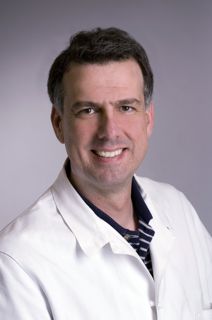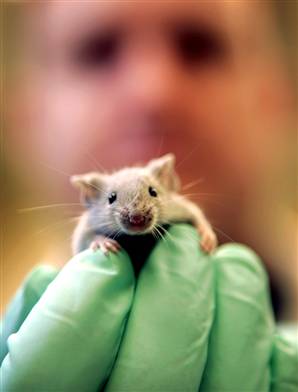 Back in 1992, when Dr. George Cotsarelis landed a research fellowship looking at cancer amidst scalp stem cells, he didn’t expect to stumble on a treatment for male pattern baldness. Then again, Rogain started as a blood pressure drug in the ’80s. Today, Cotsarelis chairs the dermatology department at Penn Med, and in a paper published last week in the Journal of Clinical Investigation, his lab stumbled on a surprise. While the current generation of drugs like Rogain and Propecia can only slow hair loss, this new research indicates that techniques to actually regrow lost hair might be more possible than researchers had suspected.
Back in 1992, when Dr. George Cotsarelis landed a research fellowship looking at cancer amidst scalp stem cells, he didn’t expect to stumble on a treatment for male pattern baldness. Then again, Rogain started as a blood pressure drug in the ’80s. Today, Cotsarelis chairs the dermatology department at Penn Med, and in a paper published last week in the Journal of Clinical Investigation, his lab stumbled on a surprise. While the current generation of drugs like Rogain and Propecia can only slow hair loss, this new research indicates that techniques to actually regrow lost hair might be more possible than researchers had suspected.
His team examined scalp samples of both balding and “haired” men, expecting to find fewer stem cells in the balding scalps. “In male pattern baldness the follicles become much smaller,” says Dr. Cotsarelis, and up to now researchers had been reasoning that a lack of stem cells was to blame. But it turns out that’s not the case, he says. “We were surprised to find the numbers were very similar.”
 Instead, they found the stem cells in the balding men were dividing at a much lower rate, and these bald scalps were actually missing the “progenitor” cells that are the descendants of actively dividing stem cells. When researchers then transplanted some progenitor cells from one lab mouse to another, new hair follicles began to grow, implying that the right chemical signal might be enough to stir these cells back to life.
Instead, they found the stem cells in the balding men were dividing at a much lower rate, and these bald scalps were actually missing the “progenitor” cells that are the descendants of actively dividing stem cells. When researchers then transplanted some progenitor cells from one lab mouse to another, new hair follicles began to grow, implying that the right chemical signal might be enough to stir these cells back to life.
While there might not be a mythical Baldness Reversing Tonic right around the corner, the prescence of these unexpected stem cells could be the key. Without them, says Cotsarelis, “it would be more difficult to develop a treatment for enlarging the follicle, or treating baldness. Because the stem cells are there, it lowers the bar for developing a treatment down the road.”

